Bantam Chickens: Your Guide to Raising these Delightful and Colorful Birds
Published: April 15, 2024
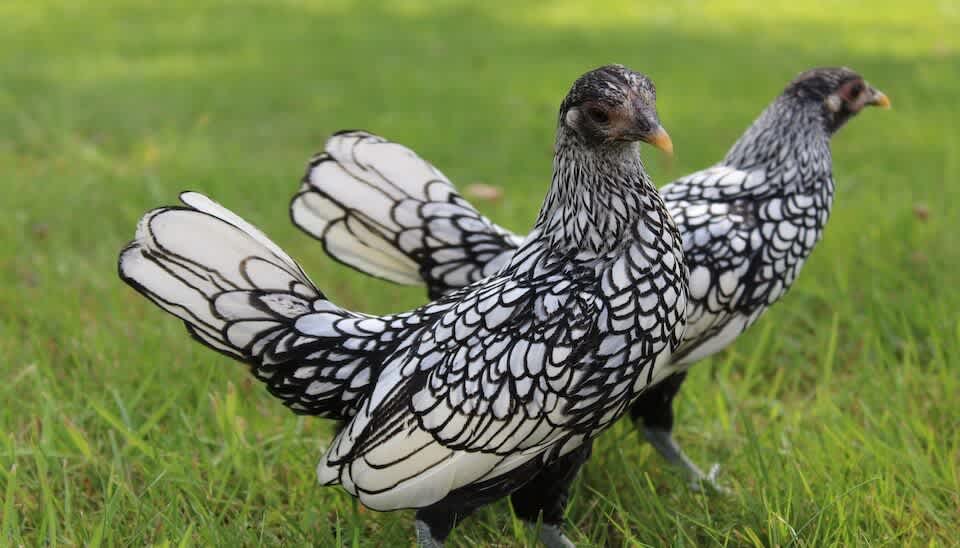
You've likely heard about bantam chickens, those pint-sized poultry that seem to be all the rage among backyard enthusiasts and small-scale farmers alike. With their diminutive stature and less demanding space and feed requirements compared to their standard-sized counterparts, you might wonder if they're the right fit for your own backyard venture.
Before making a decision, you'll want to consider the nuances of how to care and house them. Monitoring their health regularly also ensures that these little birds will thrive.
Don't overlook their unique challenges to raising them, a topic worth exploring. Let's see if they are worth adding to your flock shall we?
Bantam chickens: How do they differ from standard?
So how exactly is a bantam chicken different and stand out from the other poultry breeds?
There are two main types of bantams, each with unique characteristics that set them apart.
Let's take a look at the key differences that make them unique.
Two types of bantams
Typically, bantam chickens fall into two distinct categories: true bantam breeds and miniatures, each differing greatly from their standard-sized counterparts.
True bantams are unique breeds with no larger equivalents. They're naturally small and include varieties like the Serama, Belgian d'Uccle, and Sebright. These bantams are often sought after for their distinct looks and personalities, making them favorites among poultry enthusiasts.

On the other hand, you've got miniatures, which are essentially scaled-down versions of standard chicken breeds. Bantam Brahmas and bantam Easter Eggers fall into this category. They offer the same characteristics of their larger counterparts, just in a more compact form. This makes them ideal for those with limited space who still want the experience of raising a particular breed.
Key differences
Diving into the differences, bantam chickens stand out from their standard counterparts primarily due to their smaller size, making them a perfect fit for those with limited space. You'll find them much easier to handle and they require less room.
Bantam Eggs
When it comes to their eggs, bantams lay smaller ones, but don't be fooled; you get a richer yolk to white ratio, with about 3-4 bantam eggs equalling 2 standard eggs. Additionally, bantams usually live between 4-8 years, a bit shorter than the 8-15 year lifespan of standard chickens.
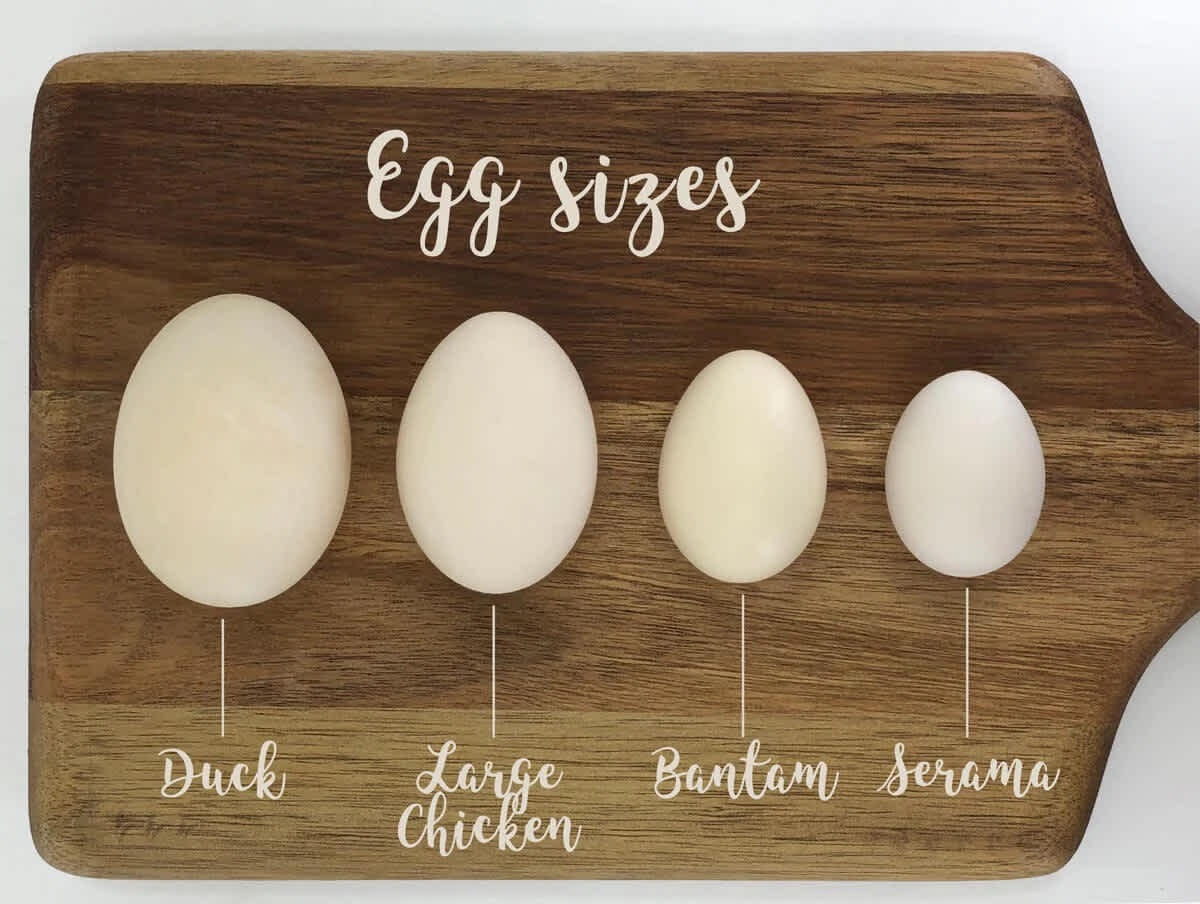
If you're worried about noise, bantam roosters crow less loudly. They're also known for being exceptionally good brooders, eagerly sitting on eggs to hatch them.
Popular breeds and characteristics of Bantam chickens?
You're about to discover the fascinating world of bantam chicken breeds, each with its unique characteristics and charm.
From the fluffy Silkie Bantams to the tiny Serama Bantams, and the regal Belgian d'Uccle Bantams, there's a variety to suit any poultry enthusiast's fancy.
Let's explore what makes these breeds stand out and why they're favored among bantam chicken keepers.
Silkie Bantams
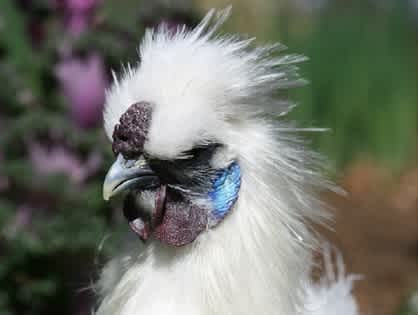
Among the most beloved breeds of bantam chickens, Silkie Bantams stand out for their distinctive soft, silk-like feathers and friendly nature. You'll find their unique black skin fascinating, a trait not common in other chicken breeds. They're known for their gentle, friendly, and docile personality, which makes them excellent pets, especially if you're looking for a breed that interacts well with people.
Silkie Bantams are also good broody hens and prove to be excellent mothers. However, they're only moderate egg layers, producing around 120 eggs per year. It's important to protect them from wet weather because their non-waterproof feathers can easily get soaked, making them vulnerable to cold and illness. So, if you're considering adding Silkies to your backyard flock, remember they need a bit of extra care during rainy days.
Cochin/Pekin Bantams
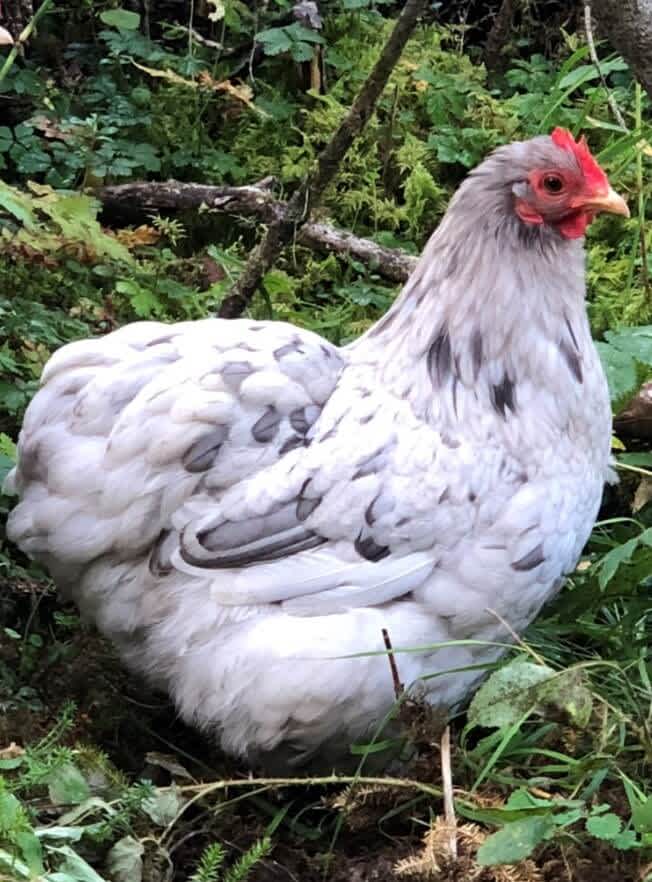
Cochin/Pekin Bantams, renowned for their heavily feathered legs and feet, offer a calm and friendly presence in any backyard flock. These charming birds aren't only a sight to behold with their unique plumage but also boast a gentle and amiable nature, making them perfect companions for both adults and children.
They come in an impressive array of colors, ensuring that there's a Pekin or Cochin Bantam to suit every preference. Despite their compact size, they're decent egg layers, managing to produce around 140-150 eggs per year.
This combination of aesthetic appeal, friendly demeanor, and productivity makes Cochin/Pekin Bantams a favored choice among poultry enthusiasts looking to enrich their backyard with both beauty and utility.
Serama Bantams
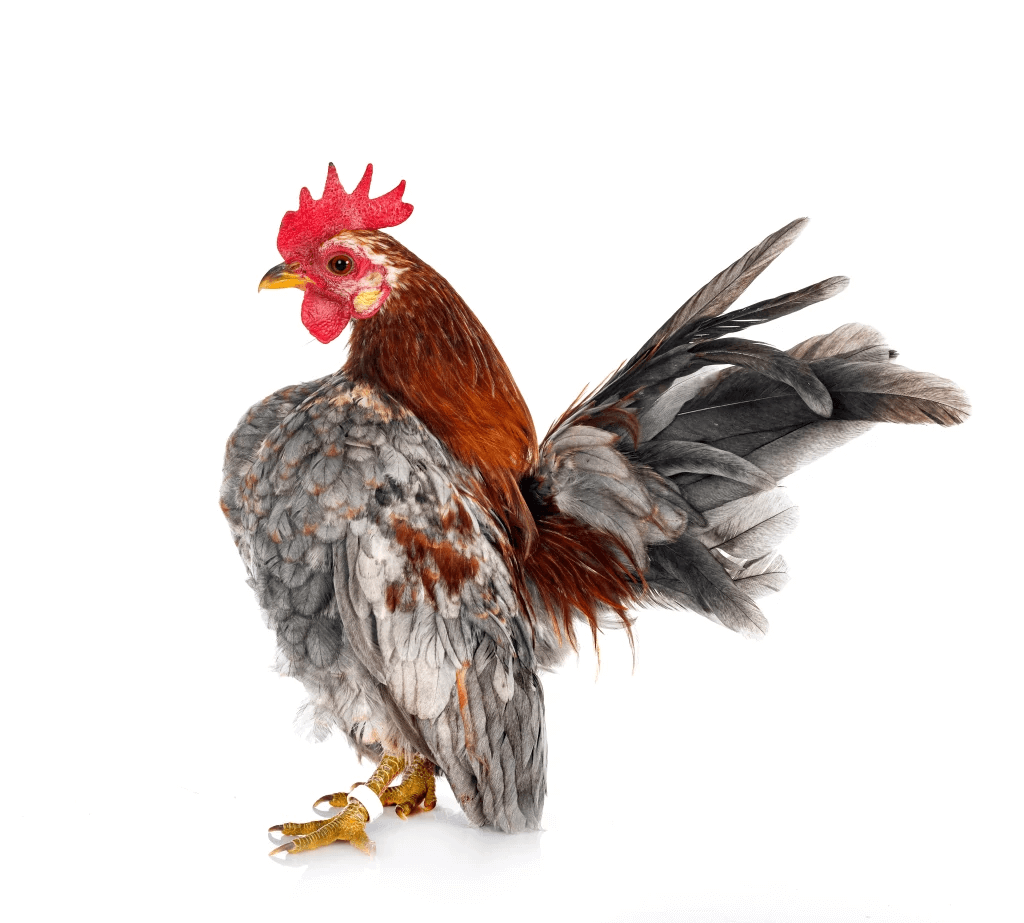
While exploring the diverse world of bantam chickens, it's impossible to overlook the distinctive Serama Bantams, a breed celebrated for its unique posture and vibrant personality. Originating from Malaysia, Serama Bantams stand out as a true bantam breed, meaning there's no larger counterpart of their kind.
They're characterized by their upright 'V-shaped' posture, which, along with their energetic personalities, makes them a favorite among poultry enthusiasts. Despite their small size, with roosters not exceeding 16 oz and hens even smaller at 14 oz, they're surprisingly good flyers and active foragers.
This combination of traits not only makes them entertaining to watch but also highlights their adaptability and resilience as a breed.
Belgian d'Uccle Bantams
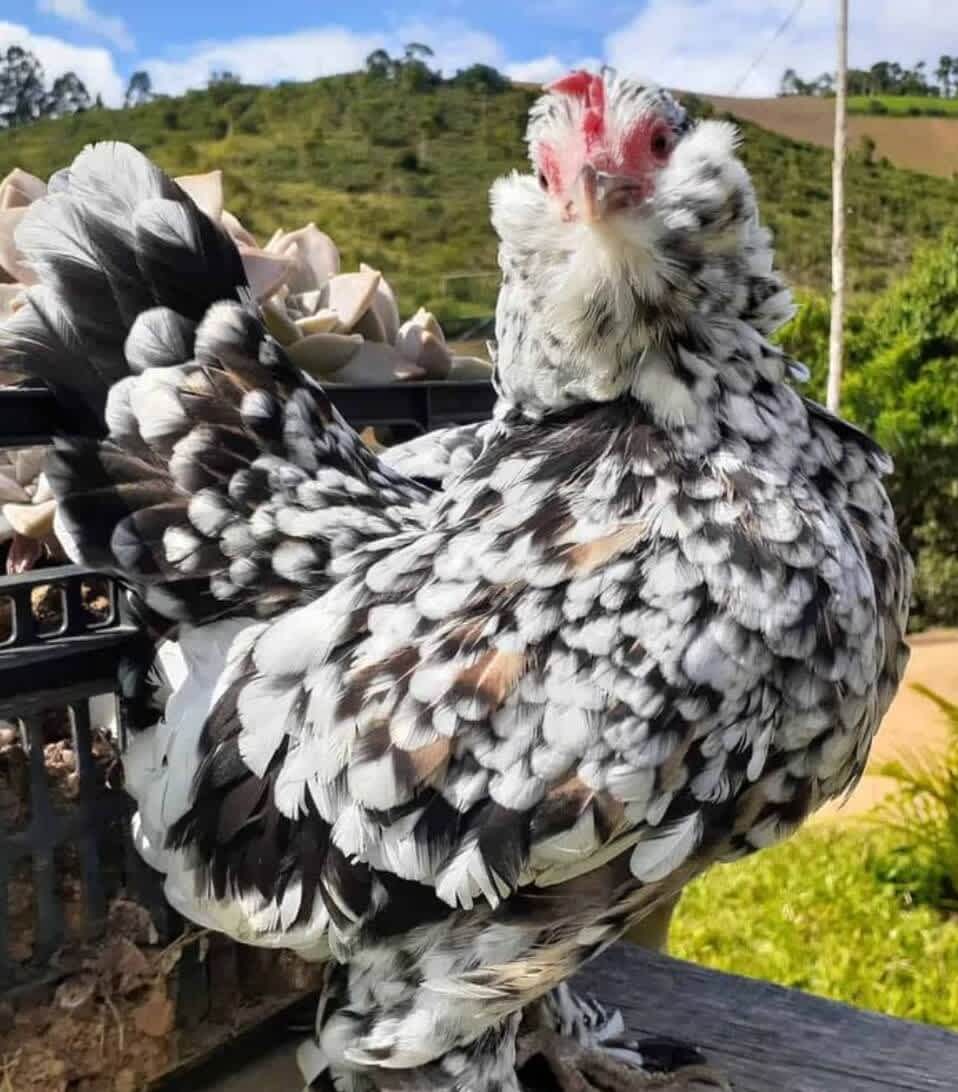
Shifting focus to the Belgian d'Uccle Bantams, you'll find a breed celebrated for its elaborate feathering and personable nature. These true bantams boast an ornate appearance, complete with fluffy, bearded looks that set them apart in any flock.
They're not just about looks, though. Their friendly and docile temperament makes them excellent companions, especially in family settings or for those new to chicken keeping. You'll be particularly captivated by their famous millefleur color pattern, a striking feature that adds to their allure.
Despite their small size, Belgian d'Uccle hens are good egg layers for a bantam breed, producing around 150 eggs per year. This combination of beauty, personality, and productivity makes them a cherished choice among poultry enthusiasts.
Other popular breeds
After exploring the charming Belgian d'Uccle Bantams, let's turn our attention to other popular bantam breeds that captivate poultry enthusiasts worldwide. You'll find Japanese Bantams irresistible with their small size, unique appearance, and friendly nature. These birds are perfect if you're looking for a pet-quality chicken that's easy to handle and a joy to watch.
Next up are the Sebright Bantams, perhaps one of the prettiest bantam breeds around. Not only do they catch the eye, but they're also good layers, producing over 140 eggs per year. That's quite impressive for their size!
Lastly, consider the Rosecomb Bantams if you're into show-quality birds. While they're known for being flighty, their stunning appearance makes them a favorite in poultry shows.
Did you know, there is an American bantam association? Established in 1914, they are dedicated to exhibiting, breeding and promoting bantam poultry.
Pros and cons of raising Bantam chickens versus standard ones
You might wonder whether bantam or standard chickens are right for your backyard. Each type has its advantages and disadvantages, from space requirements to egg production.
Let's look at what sets them apart and how they'll affect your experience as a poultry keeper.
Advantages of Bantam breeds
Many bantam breeds offer significant benefits over their larger counterparts, particularly when it comes to space and feed requirements.
You'll find that bantams need much less room—only about 2 square feet per bird inside their coop and 5 square feet in their run. This makes them perfect for small backyards or urban gardens. Plus, they eat less than half the feed of standard chickens, saving you money on feed costs.
Bantam hens are also known for being great mothers, often excelling in brooding and raising chicks. If you're into poultry competitions or just want a pet that's easy to handle, bantams are easier for both children and adults to manage.
Their ornamental plumage adds a beautiful aesthetic to any setting, making them as visually appealing as they're practical.

Disadvantages of the Bantam breed
While bantam chickens have numerous advantages, it's important to talk about their challenges as well, such as increased predator vulnerability and lower egg and meat production.
Due to their smaller size, you'll need to ramp up your security measures to protect them from predators. They lay smaller eggs, meaning you'll need more to match the output of standard chickens. Plus, their meat production is lower, making them less ideal if you're aiming for substantial food production.
Additionally, bantams generally live shorter lives—remember their lifespan is around 4-8 years compared to standard chickens. And if you're mixing your flock, remember, bantams might get bullied by larger chickens, necessitating separate living quarters to keep the peace.
Housing and care needs for Bantam chickens?
Now, let's get into what you'll need to support their living conditions to insure they thrive.
From selecting the appropriate housing to comprehending their feeding requirements and health care needs, we'll cover the essentials.
Housing
To recap you'll need:
2 square feet per chicken in the coop space
5 square feet in the run
To cater to their unique needs, bantam chickens require specific housing considerations that differ from those of standard chickens which need about 2 times the space as a Bantam.
Make sure the coop is well-ventilated and predator-proof, with sturdy wire mesh and secure locks. Bantams also need nesting boxes and roosting perches. The Somerzby range of coops, equipped with these features, is ideal.
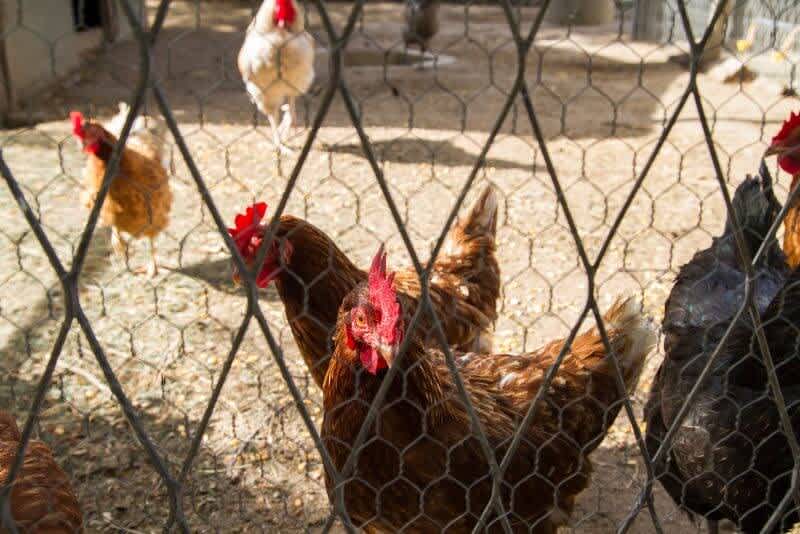
Feeding
Bantams typically require the same nutrients as their larger counterparts but consume less quantity of food due to their smaller size, making it important to provide them with fresh, clean water and high-quality layer pellets.
To make sure they're getting all the necessary nutrients, supplement their diet with fresh fruits, vegetables, and occasional treats like bread, eggs, and unsweetened yogurt.
These extras offer additional nutrients that keep your bantams happy and healthy. Don't forget to provide calcium-rich grit to support strong eggshells, especially important for laying hens. Place feed and water in areas that are easily accessible to them, ensuring they can eat and drink whenever they need. This careful attention to their diet supports their overall well-being.
Healthcare
When caring for bantam chickens, closely monitoring their health is vital to prevent and treat common ailments effectively.
Keep an eye out for respiratory issues, worms, lice, and mites, treating them promptly with the right medications.
Don't forget to provide dust baths; if there's no natural dusty area, a container with fine dirt and sand works wonders in controlling parasites. Bantams are particularly sensitive to weather changes, so make sure their coop is insulated in winter and well-ventilated in summer.
Regularly cleaning the coop and changing bedding are important steps to maintain a healthy environment. Additionally, spending time handling and interacting with your bantams will keep them tame and comfortable, contributing to their overall wellbeing.
Selecting healthy Bantams and common health concerns?
When you're on the hunt for bantam chickens, knowing how to pick the healthy ones is important.
You'll want to keep an eye out for common health issues that can affect these small birds.
Understanding these concerns can help you make informed decisions and guarantee your bantams thrive.
Selecting Healthy Bantam Chickens:
Selecting a healthy bantam chicken requires careful observation and a bit of know-how to make sure you're bringing home a vibrant, active bird free from common health issues.
Look for bantams that are alert, active, and boast a bright, glossy plumage. Avoid any that appear lethargic or show signs of illness, like ruffled feathers.
You'll want to check the bird's eyes, comb, wattles, and vent area for signs of swelling, discharge, or abnormalities.
Healthy birds should have clear, bright eyes and clean, smooth skin.
Make sure they've a plump, well-fleshed body—neither too thin nor obese—and their breathing should be calm, not labored or wheezy.
Lastly, asking about the bird's history and origin is important to confirm they come from a reputable, disease-free source.
Common health issues in bantams

For enthusiasts seeking a small yet vibrant addition to their flock, bantam chickens emerge as an ideal choice, yet it's important to be aware of their common health issues. You'll need to watch out for coccidiosis, which can debilitate your chicks with lethargy and diarrhea. Keeping their living space clean and considering preventative treatments is essential.
Fowl pox, presenting as pimple-like lesions or even respiratory problems, requires good vaccination and insect control practices. Marek's disease, a more sinister threat, can lead to paralysis and requires early vaccination.
Don't overlook mites and Mycoplasma Gallisepticum; treating infestations and maintaining biosecurity will keep these issues at bay.
Remember, their small size makes them vulnerable to weather and predators, so ensuring a secure, well-insulated home is crucial for their health and well-being.
Conclusion
To sum up, you've seen that bantam chickens offer a unique option for poultry enthusiasts with their smaller size and diverse traits. Whether you're drawn to true bantams like Serama or miniature versions of larger breeds, they require less space and feed, making them perfect for backyard settings.
Remember, proper care is key to their health and happiness. By providing suitable housing, nutrition, and staying vigilant for health issues, you'll guarantee your bantam chickens thrive, bringing joy and fascination to your home.
Keep track of all your cattle with the #1 Cattle Management Software
Try out Ranchr today for free